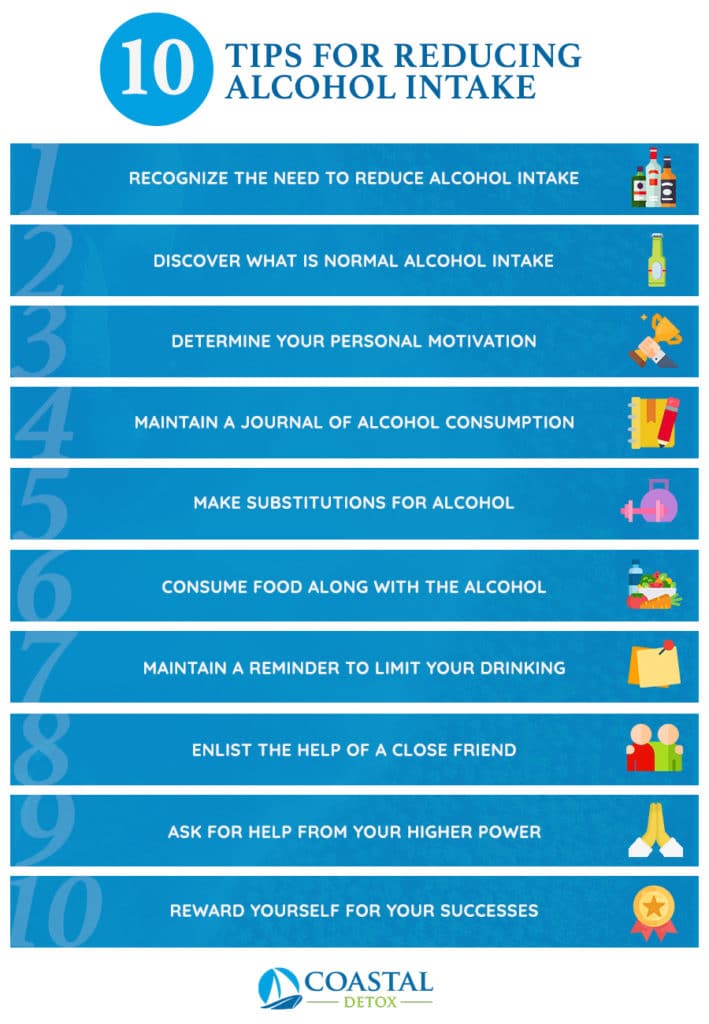

Yet, audience segmentation methodology provides insights into the behaviors, locations, social norms, lifestyle characteristics, cultural values and other traits of high-risk populations of drinkers with whom we would most like to intervene. Despite the ubiquity of audience segmentation approaches in the business, communications, and public health world ( Fridinger 2002, Dutta-Bergman 2004, Lyon-Daniel 2004, Pollard 2002, Robert 2004, and McDermott 2005) this typological method has rarely been employed in alcohol research. By grouping audiences into segments that share similar attitudes and behave in similar ways, it allows social marketers to develop communications strategies, interventions or services that closely match with the characteristics, requirements, and needs of individual segments ( Slater and Flora, 1991). Thus, it is frequently employed for public health, environmental and social causes. Social marketing uses marketing principles and techniques to “influence a target audience to voluntarily accept, reject, modify or abandon a behavior for the benefit of individuals, groups, or society as a whole” ( Kotler et al., 2002). Market or audience segmentation is used widely as a tool in social marketing efforts. In the product marketing world, these data are used to identify audience groups or segments of greatest opportunity. Segmentation studies are based on the premise that audiences differ from one another, have different lifestyles, motivations and attitudes, and follow different patterns of behavior. The segments are usually derived from survey data, using techniques such as cluster analysis or latent class analysis to create relatively homogenous subgroups. Segmentation is a marketing technique which involves grouping audiences into segments or relatively homogeneous groupings, and treating each segment separately for product development, distribution, promotional, or communications purposes. Such information can be extremely valuable in targeting and planning public health campaigns, targeted mailings, prevention interventions and research efforts.Īudience segmentation has its origins in marketing research ( Smith, 1956). As an illustration of its utility, we employed commercial data that describes the sociodemographic characteristics of high-risk drinkers as an audience segment where they tend to live, lifestyles, interests, consumer behaviors, alcohol consumption behaviors, other health-related behaviors, and cultural values.

However, market segmentation has rarely been used in alcohol research. They are more helpful to health communication and marketing planning than epidemiologically-defined groups because market-based segments are similar in respect to how they behave or might react to marketing and communication efforts. Market-based segments are typically defined by behaviors, attitudes, knowledge, opinions, or lifestyles. Market or audience segmentation is widely used in social marketing efforts to help planners identify segments of a population to target for tailored program interventions.


 0 kommentar(er)
0 kommentar(er)
